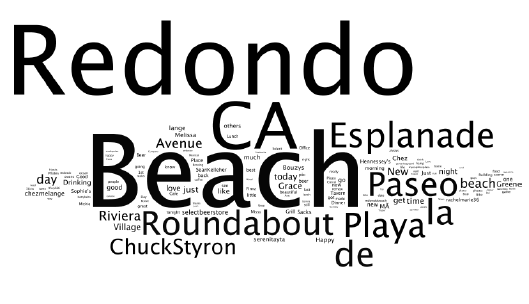Geography of Emotion: Where in a City are People Happier?
Luciano Gallegos, Kristina Lerman, Arthur Huang and David Garcia
Proceedings of the 25th international World Wide Web conference companion (2015)
Research: Opinions Emotions
Abstract
Location-sharing services were built upon people's desire to share their activities and locations with others. By \"checking-in\" to a place, such as a restaurant, a park, gym, or train station, people disclose where they are, thereby providing valuable information about land use and utilization of services in urban areas. This information may, in turn, be used to design smarter, happier, more equitable cities. We use data from Foursquare location-sharing service to identify areas within a major US metropolitan area with many check-ins, i.e., areas that people like to use. We then use data from the Twitter microblogging platform to analyze the properties of these areas. Specifically, we have extracted a large corpus of geo-tagged messages, called tweets, from a major metropolitan area and linked them US Census data through their locations. This allows us to measure the sentiment expressed in tweets that are posted from a specific area, and also use that area's demographic properties in analysis. Our results reveal that areas with many check-ins are different from other areas within the metropolitan region. In particular, these areas have happier tweets, which also encourage people from other areas to commute longer distances to these places. These findings shed light on human mobility patterns, as well as how physical environment influences human emotions.

